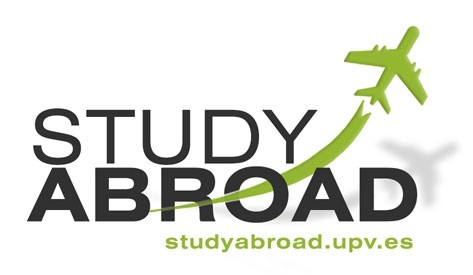
|
|

• Attendance
• Assessments
• Sexual Harassment Policy
• Students With Disabilities
• Academic Honesty Policy
• University Ombudsman
• Statement On Audio And Video Recording
• Syllabus Change Policy
Calculus II
4 Credits | 100 Level | 60 Contact hours
Calculus. Early Transcendentals, 8th edition, by James Stewart. ISBN: 978- 0840048257. Cengage Learning
You may purchase the access to the online book instead of a paper copy. The Web Assign access code by itself has the ISBN 978-1285858265. Both the online version and the printed copy give you access to the online homework and the online text. Do not throw the access code away. You will need it to register online and get access to the online text and the online homework. You can purchase a "Lifetime of Edition" access. Other Course materials: downloadable from UPV poliformaT platform after enrollment
A non-programmable scientific calculator is required.
This course is a Continuation of Calculus I; transcendental functions, methods of integration, conics, vectors.
Substitution rule, Area between the curves, Volumes, Improper integrals, Sequences, Series, Integral test, Comparison, Alternating and Ratio tests, Power Series, Taylor and MacLaurin Series, Work, Arc Length, Differential and Separable Equations, Euler’s Method, Integration by Parts, Trigonometric Substitutions for Integrals, Integration of Rational functions by using partial fractions, Approximate Integration, Parametric Equations and Polar coordinates
1. INTEGRALS
1.1 Areas and distances
1.2 The definite integral
1.3 The fundamental Theorem of Calculus
1.4 Indefinite integrals and the Net Change Theorem
1.5 The Substitution Rule
2. APPLICATIONS OF INTEGRATION
2.1 Areas between Curves
2.2 Volumes
2.3 Volumes by Cylindrical Cells
2.4 Work
2.5.Average Value of a Function
3. TECHNIQUES OF INTEGRATION:
3.1 Integration by Parts
3.2 Trigonometric Integrals
3.3 Trigonometric substitution
3.4 Integration of Rational functions by Partial Fractions
3.5 Approximate Integration
3.6 Improper Integrals
4. FURTHER APPLICATIONS OF INTEGRATION
4.1 Arc Lengths
4.2 Applications to Physics and Engineering
5. DIFFERENTIAL EQUATIONS:
5.1 Modeling with Differential Equations
5.2 directions Fields and Euler’s Method
5.3 Separable Equations
6. PARAMETRIC EQUATIONS AND POLAR COORDINATES 6.1 Curves defined by Parametric Equations
6.2 Calculus with Parametric Curves
6.3 Polar Coordinates
6.4 Areas and Lengths in Polar Coordinates
7. INFINITE SEQUENCES AND SERIES
7.1 Sequences & Series
7.2 The integral Test and Estimates of Sums
7.3 The Comparison Test
7.4 Alternating Series
7.5 Absolute convergence and the Ratio and Root Tests
7.6 Strategies for testing series
7.7 Power series And Representation of function as power series
7.8 Taylor series.
Upon completion of this course, students will be able to:
• Use integration by parts to evaluate an integral;
• Anti-differentiate trigonometric and rational functions;
• Approximate a definite integral numerically using the Trapezoidal Rule and Simpson’s Rule.
• HomeWorks (15%)
• Quizzes (15%)
• Midterm Exams (40%)
• Final Exam (30%)
|
